2003 Ford Thunderbird Brake Rotors and Pads
Click here to search another vehicle
All Rotors:
OEM x
Coated x
Drilled, Slotted and Coated x
Front x
Rear x
All Pads:
Ceramic x
Semi-metallic x
Front x
Rear x
Found 10 record

Part No: BR54088
Raybestos: 66841
OE: JLM20801
Raybestos: 66841
OE: JLM20801
$37.46 each
Per Car QTY: 2
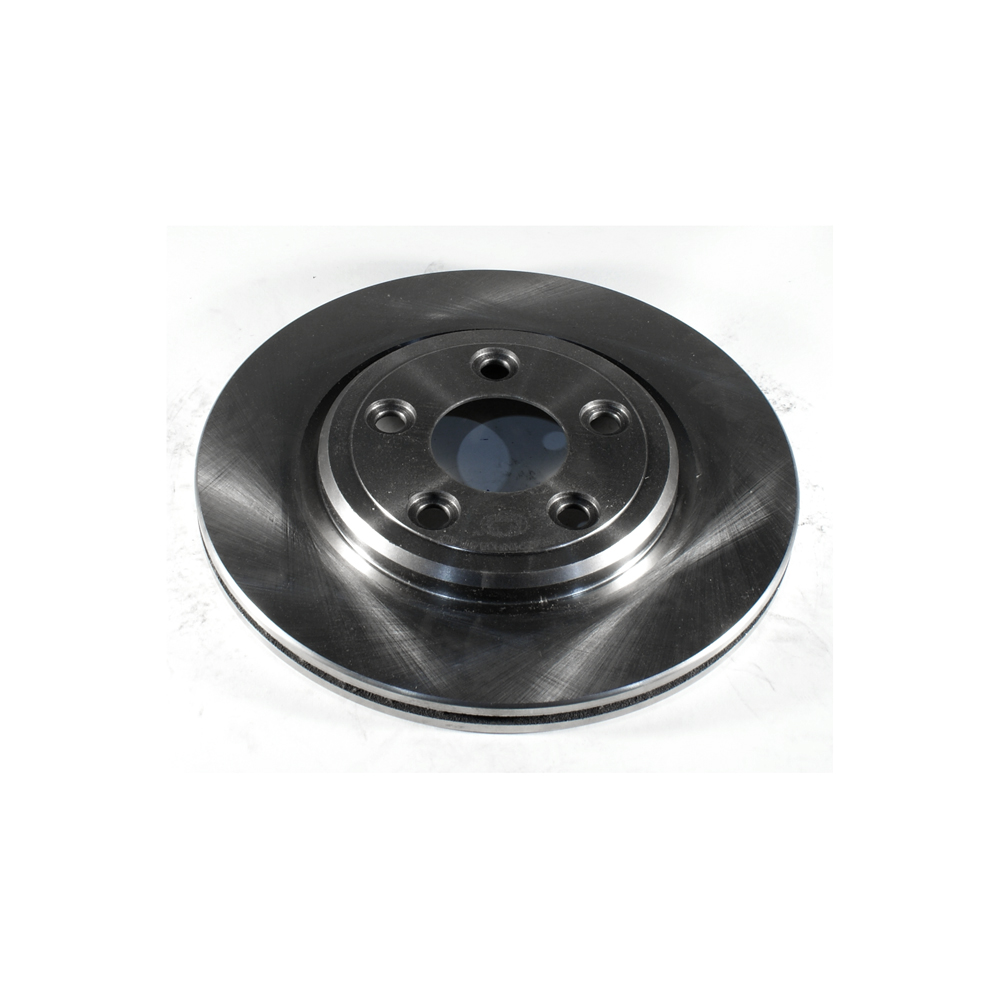
Part No: BR54089
Raybestos: 66840
OE: JLM20802
Raybestos: 66840
OE: JLM20802
$28.03 each
Per Car QTY: 2
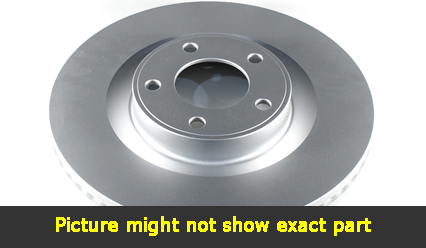
Part No: PP54088
Raybestos: 66841
OE: JLM20801
Raybestos: 66841
OE: JLM20801
$49.12 each
Per Car QTY: 2
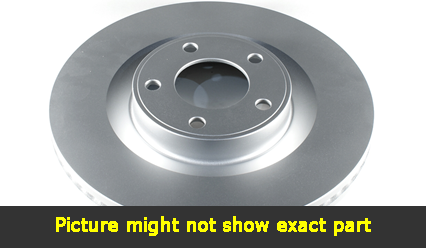
Part No: PP54089
Raybestos: 66840
OE: JLM20802
Raybestos: 66840
OE: JLM20802
$39.78 each
Per Car QTY: 2
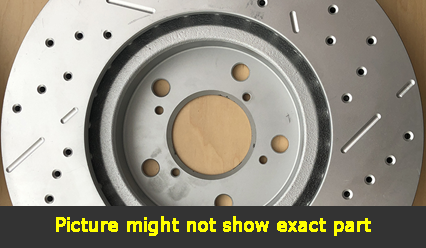
Part No: SP54088L
Raybestos: 66841
OE: JLM20801
Raybestos: 66841
OE: JLM20801
$81.52 each
Per Car QTY: 1
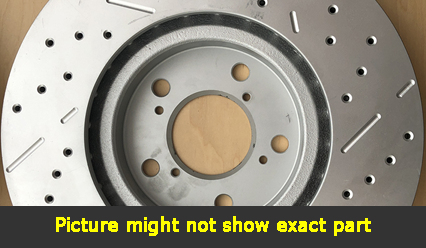
Part No: SP54088R
Raybestos: 66841
OE: JLM20801
Raybestos: 66841
OE: JLM20801
$81.52 each
Per Car QTY: 1
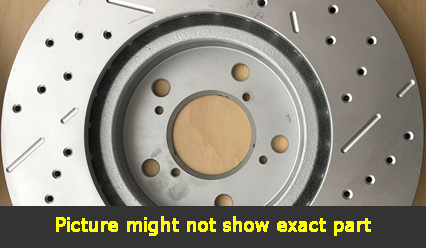
Part No: SP54089L
Raybestos: 66840
OE: JLM20802
Raybestos: 66840
OE: JLM20802
$72.18 each
Per Car QTY: 1
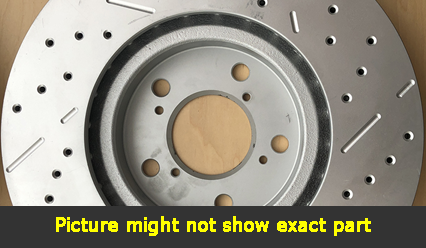
Part No: SP54089R
Raybestos: 66840
OE: JLM20802
Raybestos: 66840
OE: JLM20802
$72.18 each
Per Car QTY: 1
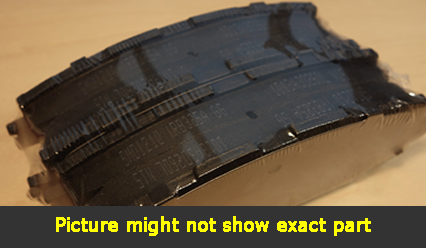
Part No: SMD805
Raybestos:
OE:
Raybestos:
OE:
$27.05 each
Per Car QTY: 1
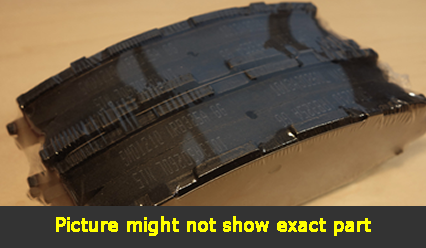
Part No: SMD806
Raybestos:
OE:
Raybestos:
OE:
$20.88 each
Per Car QTY: 1
The braking system is an essential component in any vehicle, and the 2003 Ford Thunderbird is no exception. From ensuring safety to providing a smooth driving experience, the brakes play a crucial role in the overall performance of this classic car. In this article, we will delve into the various aspects of the braking system for the 2003 Ford Thunderbird, including its design, functionality, and maintenance.
The 2003 Ford Thunderbird is equipped with a four-wheel disc braking system, which offers optimal stopping power and increased control. Disc brakes are known for their superior braking performance compared to drum brakes, offering better cooling, less fade, and improved overall efficiency.
At the heart of the Thunderbird's braking system are its brake pads and rotors. The brake pads are composed of friction material that clamps onto the rotors, generating the necessary friction to slow down or stop the vehicle. These components are designed to withstand high temperatures and immense pressure, ensuring reliable braking performance.
The brake rotors, also known as brake discs, provide a smooth surface for the brake pads to grip. Made of cast iron or other durable materials, the rotors dissipate heat and prevent the braking system from overheating. They also help distribute the force evenly, minimizing the risk of uneven wear and providing consistent braking performance.
In addition to the brake pads and rotors, the 2003 Ford Thunderbird's braking system comprises calipers and brake lines. The calipers house the brake pads and facilitate their movement, applying pressure to the rotors when the brake pedal is pressed. The brake lines, made of sturdy and corrosion-resistant materials, transport brake fluid from the master cylinder to the calipers, ensuring smooth and reliable braking.
Regular maintenance is crucial to keep the brakes of the 2003 Ford Thunderbird in top condition. Routine inspection should include checking the thickness of the brake pads, as worn-out pads can compromise braking efficiency and lead to increased stopping distances. The brake rotors should also be inspected for any signs of damage or excessive wear, as warped or uneven rotors can cause vibrations or pulsations while braking.
It is recommended to have the brake fluid flushed and replaced periodically, as brake fluid absorbs moisture over time, leading to reduced efficiency and potential corrosion within the system. Brake fluid should always be at the recommended level and free from any contaminants.
Driving habits also play a significant role in the longevity and performance of the braking system. Aggressive driving, such as harsh braking, can accelerate wear on the brake pads and rotors, leading to a shorter lifespan. Therefore, it is advisable to drive with caution and maintain a safe following distance to allow for gentle and controlled braking.
In conclusion, the braking system of the 2003 Ford Thunderbird is a vital component that ensures the safety and performance of this classic car. With its four-wheel disc brake system, reliable brake pads and rotors, and well-designed calipers and brake lines, the Thunderbird's brakes offer a smooth and efficient stopping power. Regular maintenance, including inspections, replacements, and fluid changes, is essential to keep the braking system in optimal condition and ensure a safe driving experience for Thunderbird enthusiasts.
The 2003 Ford Thunderbird is equipped with a four-wheel disc braking system, which offers optimal stopping power and increased control. Disc brakes are known for their superior braking performance compared to drum brakes, offering better cooling, less fade, and improved overall efficiency.
At the heart of the Thunderbird's braking system are its brake pads and rotors. The brake pads are composed of friction material that clamps onto the rotors, generating the necessary friction to slow down or stop the vehicle. These components are designed to withstand high temperatures and immense pressure, ensuring reliable braking performance.
The brake rotors, also known as brake discs, provide a smooth surface for the brake pads to grip. Made of cast iron or other durable materials, the rotors dissipate heat and prevent the braking system from overheating. They also help distribute the force evenly, minimizing the risk of uneven wear and providing consistent braking performance.
In addition to the brake pads and rotors, the 2003 Ford Thunderbird's braking system comprises calipers and brake lines. The calipers house the brake pads and facilitate their movement, applying pressure to the rotors when the brake pedal is pressed. The brake lines, made of sturdy and corrosion-resistant materials, transport brake fluid from the master cylinder to the calipers, ensuring smooth and reliable braking.
Regular maintenance is crucial to keep the brakes of the 2003 Ford Thunderbird in top condition. Routine inspection should include checking the thickness of the brake pads, as worn-out pads can compromise braking efficiency and lead to increased stopping distances. The brake rotors should also be inspected for any signs of damage or excessive wear, as warped or uneven rotors can cause vibrations or pulsations while braking.
It is recommended to have the brake fluid flushed and replaced periodically, as brake fluid absorbs moisture over time, leading to reduced efficiency and potential corrosion within the system. Brake fluid should always be at the recommended level and free from any contaminants.
Driving habits also play a significant role in the longevity and performance of the braking system. Aggressive driving, such as harsh braking, can accelerate wear on the brake pads and rotors, leading to a shorter lifespan. Therefore, it is advisable to drive with caution and maintain a safe following distance to allow for gentle and controlled braking.
In conclusion, the braking system of the 2003 Ford Thunderbird is a vital component that ensures the safety and performance of this classic car. With its four-wheel disc brake system, reliable brake pads and rotors, and well-designed calipers and brake lines, the Thunderbird's brakes offer a smooth and efficient stopping power. Regular maintenance, including inspections, replacements, and fluid changes, is essential to keep the braking system in optimal condition and ensure a safe driving experience for Thunderbird enthusiasts.


